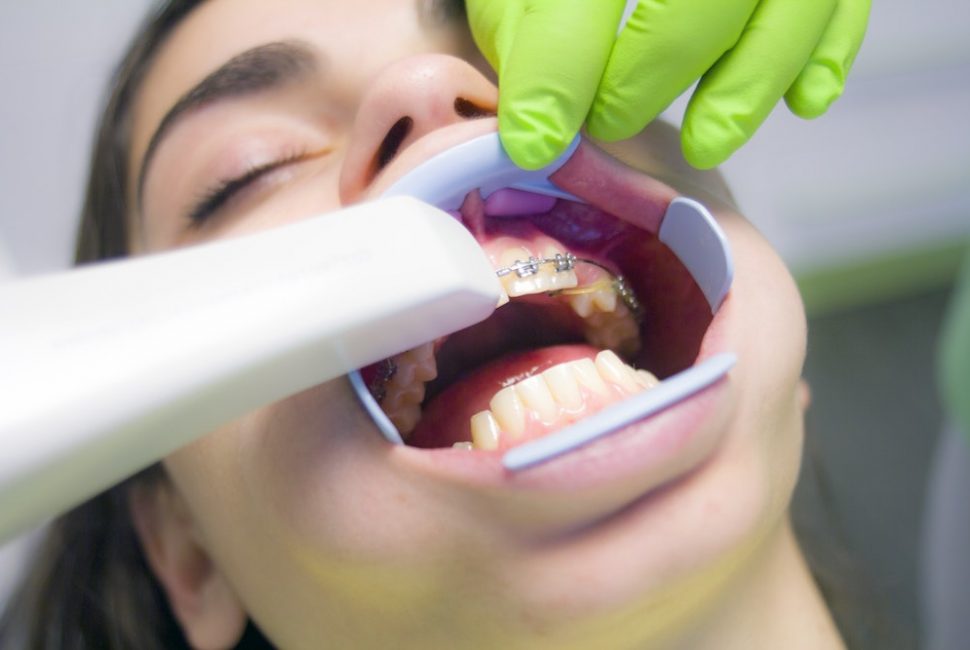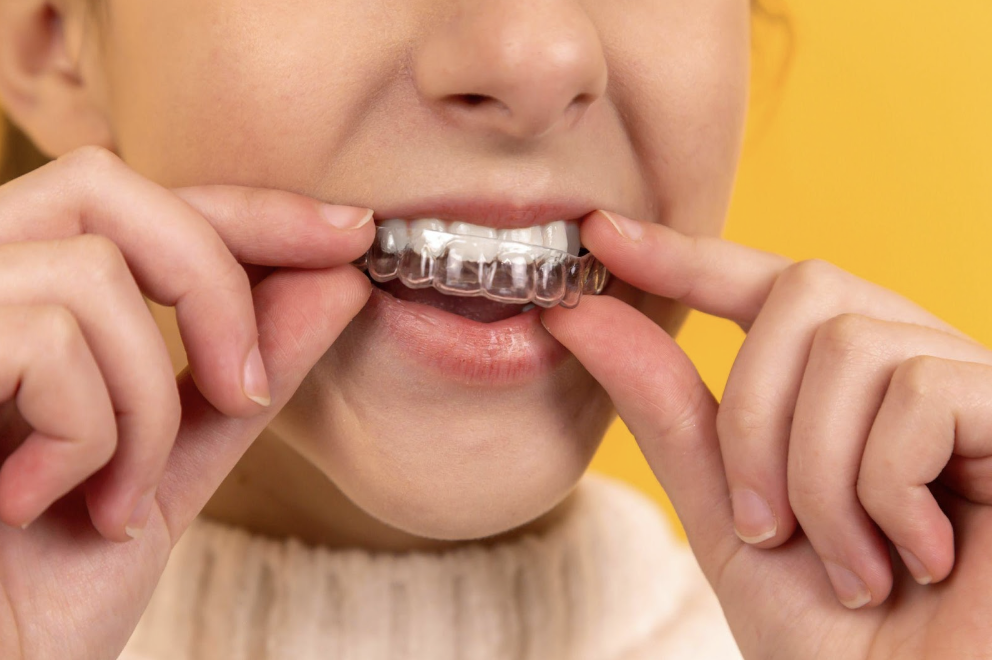Teeth Moving After Braces: Why It Happens & How To Prevent It

Are your teeth moving back to their old position after braces? Don’t worry. It’s a common problem, which can be corrected at our orthodontic clinic.
Not many people know it, but teeth are constantly shifting ever so slightly throughout our lives due to everyday activities like speaking, chewing, smiling, etc.
When we speak, our tongue repeatedly presses against the teeth. When we chew, our teeth come under repeated pressure. Even when we smile, various muscles in the mouth and face move. Over time, this can influence the position of our teeth.
Our teeth are built to handle pressure, but when we apply too much, they always follow the path of least resistance by shifting into a more comfortable (and often less sightly) position. And, after your braces are removed, your teeth are likely to give in to this pressure… unless you know how to stop it.
Why Do Teeth Move After Braces?
There are many reasons why teeth move after braces even after years of wearing braces. It can be due to the everyday wear and tear we mentioned above.
Or factors such as:
- Jawbone growth – as we get older, our jawbone grows forward and becomes narrower. This can cause lower teeth to become more crowded.
- Not wearing your retainer as recommended by your orthodontist – you likely need to wear a retainer every day for many months after your braces come off. Initially, it may be full-time and then transition to nighttime wear. Consistent use helps maintain the new position of your teeth.
- Gum disease – gum disease weakens the gums that help keep teeth in place. If bone loss has occurred because of gum disease, it’s harder for your teeth to stay in place once your braces come off.
- Teeth grinding – grinding your teeth may not only wear down your teeth but also cause them to shift over time. Mouthguards should solve this problem.
- Tooth extraction – tooth extraction can cause the surrounding teeth to shift to try to fill the space. To avoid this, replace missing teeth with dental implants or a bridge.
- Poor dental hygiene – poor dental hygiene can lead to tooth extraction and gum disease. Be sure to brush your teeth at least twice a day, floss them every day, and get regular dental check-ups.
- Bad habits – Certain habits, such as teeth grinding (bruxism) or excessive thumb-sucking, can impact tooth alignment and contribute to shifting.
- Wisdom teeth – The eruption of wisdom teeth can exert pressure on neighbouring teeth, causing them to shift. This is particularly relevant if there isn’t enough space in the jaw for the wisdom teeth to come in properly.
- Genetics – Genetic factors play a role in tooth alignment. If there’s a family history of misaligned teeth or orthodontic issues, there may be a higher likelihood of teeth shifting after braces.
Tips To Prevent Teeth From Shifting After Braces

The most important advice to keep your teeth in alignment is to strictly follow your orthodontist’s recommendations.
You will need to wear a removable retainer full time to begin with and then gradually decrease the frequency of wear to 2-3 nights per week, indefinitely. Once you reach this stage, they shouldn’t impact your day-to-day life.
Continue practising good oral hygiene, including regular brushing, flossing, and using mouthwash. Healthy gums and teeth are less likely to shift. You could also refrain from chewing on hard or sticky foods that could potentially damage your teeth or the retainer. Plus, you could be aware of any habits that could contribute to teeth shifting, such as teeth grinding or nail-biting – and try your best to stop them, of course.put
We can support you on this journey and advise you on the best treatment. You can contact us to get a free consultation.
We’ll provide you with the steps needed to prevent your teeth from shifting over the years to come.


